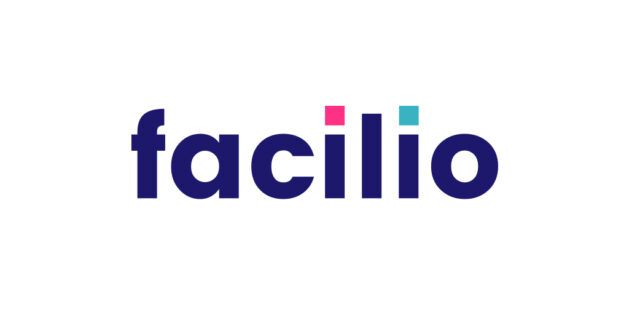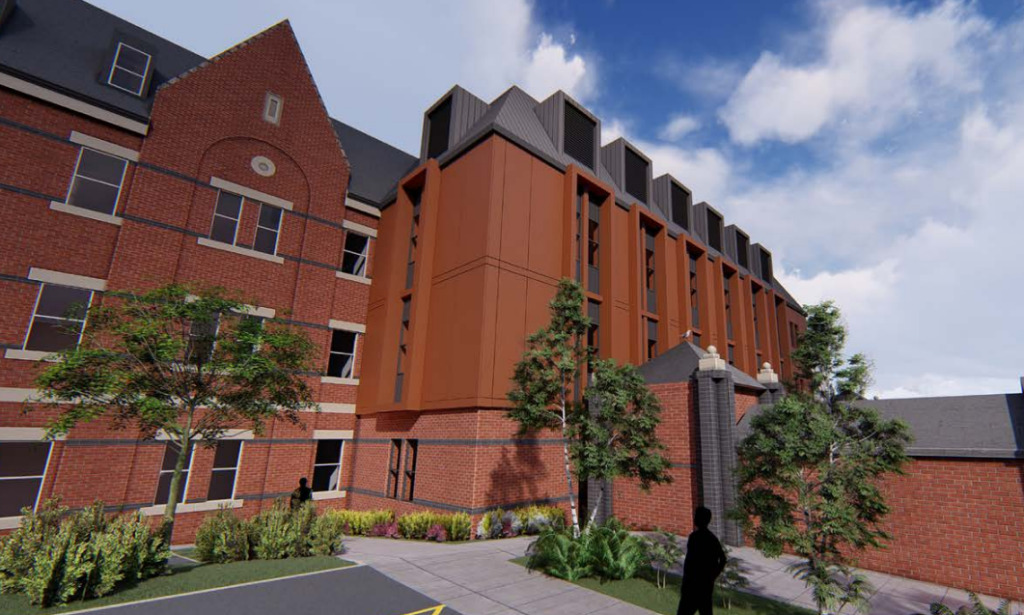Commentary
Laying the brickwork for modern, innovative building operations
 Many existing solutions are not built to accommodate the dynamic needs of a fast-evolving facilities management landscape, writes Prabhu Ramachandran of Facilio.
Many existing solutions are not built to accommodate the dynamic needs of a fast-evolving facilities management landscape, writes Prabhu Ramachandran of Facilio.
The world of facilities management is undergoing a transformative shift as businesses adapt to the demands of climate change and evolving working conditions. In this rapidly changing landscape, technology has become the key to driving performance and achieving sustainability goals in the real estate sector.
However, the choice of technology has often posed challenges.
Incumbent players in the FM tech space are usually from tech conglomerates whose offerings span multiple markets with one product that caters to facility management. These products are typically built to solve very defined problems, like recording maintenance logs, generating work orders, or managing purchase orders.
While this may have worked perfectly in the past, the needs of buildings, the assets they house, and the occupants they serve, are dynamic and fast-evolving today. Technology that is rigid, and solves FM needs in silos, creates more bottlenecks, blind spots, and friction.
To overcome these obstacles and unlock true business value from FM, the industry is now seeking holistic, domain-specific solutions that can keep pace with and enable seamless scalability for a fast-changing real estate and facilities space.
Breaking down the complexities: Challenges of legacy systems
Legacy systems have long been the backbone of facility management, but they often fall short in meeting the changing needs of the industry. Let’s explore the key challenges faced by facility managers and how technology can address them effectively.
Lack of visibility into portfolio operations
Built for maintenance and asset management with a technician-only focus, legacy systems often lack the ability to provide a holistic view of building performance, resulting in blind spots and dissociation between functions and processes.
Many other aspects of facility management – including vendor management, tenant engagement, inventory management, building maintenance, and others – are left outside the computerised maintenance management system, forcing operations and management teams to manage them manually or with multiple other solutions.
As a consequence, most stakeholders are left with no insight, visibility, or access to the information they need from their buildings.
Data overload and poor analysis
Facilities generate vast amounts of data related to energy consumption, utility usage, asset performance, and more. However, analyzing and extracting meaningful insights from this data can be challenging.
To derive actionable insights, data from building systems, people, and processes need to be extracted and normalized on one platform to enable analysis in different contexts.
However, legacy systems are usually rigid, and don’t interoperate with other systems. Working with such large amounts of data manually on a daily basis is impractical and very prone to errors, hindering efficiency and productivity.
Proliferation of point solutions
The past few years have witnessed an influx of point solutions addressing specific use cases in facilities management.
While these solutions may offer value individually, they often create inefficiencies and increase spending on subscriptions and workforce training. In fact, 74% of O&M leaders revealed interoperability as the top frustration from past smart building deployments.
All these tools work in silos and simply don’t speak to each other.
A blueprint of the CMMS FMs need today
The very purpose of technology in O&M is to make processes simpler, faster, more efficient, and to provide insights to help teams operate. Legacy systems make work more tedious and complex while delivering fewer of the benefits originally envisioned.
What FMs today need to unleash the true potential of their facilities, is a unified software platform that accommodates their unique needs, adjusts to the evolving needs of buildings and its occupants, and scales seamlessly as the business grows.
Let’s explore the key features of a customizable, flexible, and scalable solution.
Holistic visibility through a single pane of glass
Large commercial real estate portfolios, especially ones with facilities across locations, are very challenging to manage centrally.
An ideal solution is vendor-agnostic and interoperates with all the different systems, by-passing vendor data-lock-ins to consolidate all O&M data on one platform. It provides FM operators real-time performance data directly from their assets and buildings, enabling proactive maintenance at a portfolio level.
Data-Informed decision making
FMs make many decisions daily that have a direct impact on both day-to-day operations and long-term operational success. Without data to support their decisions, they’re shooting in the dark.
The ideal system, powered by Internet of Things and artificial intelligence, enable FMs to create a more democratic approach to balance control and accessibility for multiple stakeholders including vendors and contractors by integrating external processes like reporting, mobile apps into the platform.
A system of action
Through seamless integrations, the ideal solution establishes bi-directional communication with building systems and enables automation for workflows, approvals, replenishing inventory, initiating set-point corrections for operational anomalies, creating and assigning work orders based on operating conditions of assets, adjusting HVAC based on outside weather conditions and occupations, and much more.
This ability transforms the traditional CMMS, a system of records for maintenance and asset information, into a system of action, enabling proactivity. Predictive maintenance finally becomes possible.
Translating value for markets
Platforms are a game-changer for property operations. First and foremost, they can be incredibly flexible and embrace integrations, which enables quick implementation. An intuitive interface makes onboarding simple for all stakeholders to sign in and get started.
Automation capabilities make deploying new strategies easy as flipping a switch on and off. Setting benchmarks and comparing them against building/asset performance helps adjust strategies to optimize operations at a portfolio scale to accelerate time to value to only weeks from deployment.
A centralized platform also allows for the seamless scaling of new programs and processes, enabling organizations to adapt to changing needs and make agile response a norm. Armed with real-time and intuitive insights, O&M and leadership teams can make informed decisions and drive operational success.
While there could be resistance and scepticism around revisiting existing technology, thanks to the arduous implementation experiences and high costs of legacy systems, it’s only by moving away from outdated systems that FMs can fully harvest the benefits of technology and uplift the stature of the FM practice.
As the industry matures and sophisticated solutions become available in the market, now is the time for facility managers to reassess their existing technology investments and embark on a transformative journey to stay ahead of the curve, steer towards operational excellence, and deliver exceptional experiences to occupants.
- Prabhu Ramachandran is the chief executive officer and co-founder of Facilio





